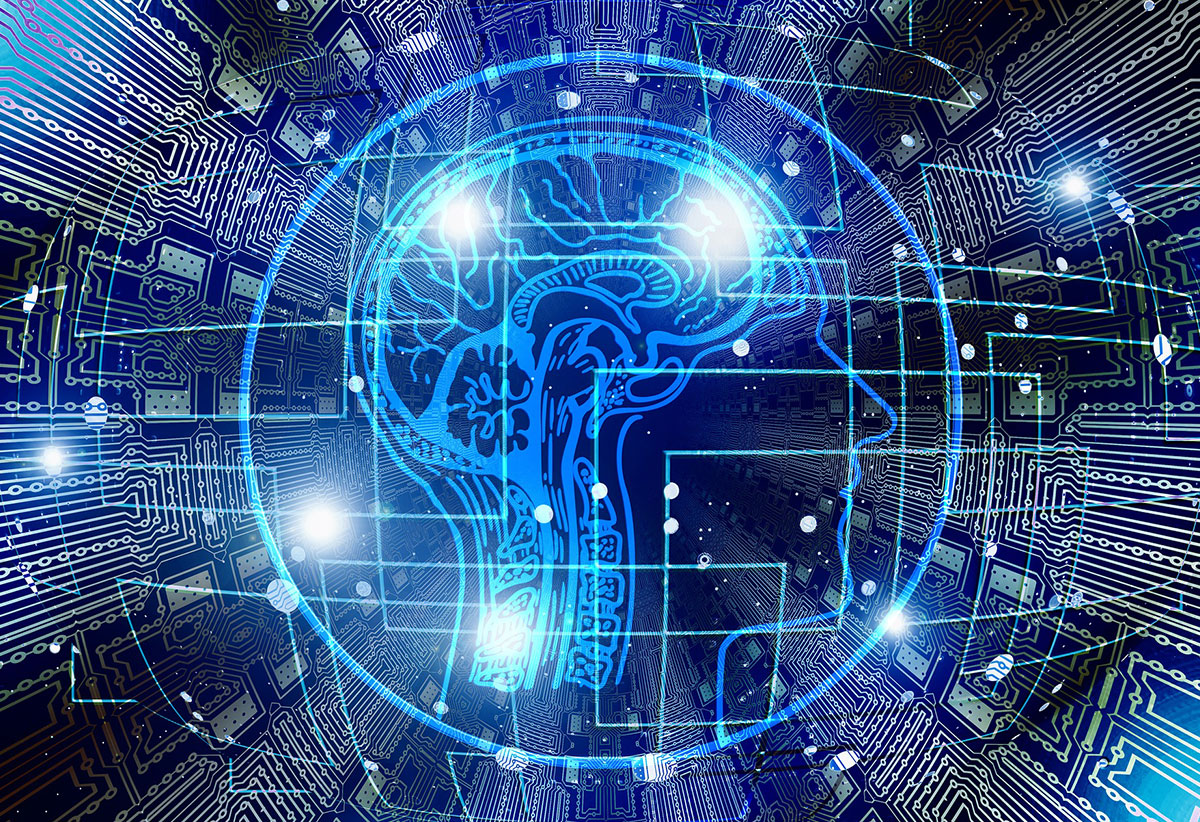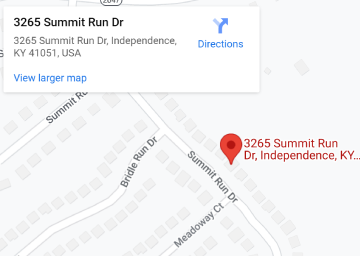The Takeoff of AI (Artificial Intelligence) in Medical Imaging for Faster and Accurate Patient Diagnosis

The technological progress is a fast-moving process and it has a huge impact on the medical imaging too. All the patients want better conditions for their medical treatment. This is especially important because we live in the 21 century where there are remarkable changes in every field. Medicine is one of the crucial sectors in human life and because of this, all medical fields deserve to be improved and renovated.
Medical imaging is a special part of the radiology. Nowadays, there are so many scans that can help in the diagnostic process of some illnesses. The MRI scans are a long procedure and those patients with claustrophobia or younger patients can’t be so long in the clinic. Because of this, scientists work on reducing this time and make the MRI scan faster than usual.
All this is possible with the appearance of artificial intelligence (AI). It is implemented in the MRI improvements and it has the possibility to make the imaging equipment work ten times faster. A faster MRI procedure is a great option because the patients won’t be inconvenienced too long and because more patients can be scanned during one working day. This will save time and money and it is acceptable for both, patients and medical therapists.
The impact of artificial intelligence over the MRI scanning
The medical practitioners rely on the results that are obtained from the MRI scans to view the inside a patient’s body. These images are very crucial because they help doctors to find abnormal tissue.
It is good to know that artificial intelligence technology is a promising and at the same time an effective tool for the objective, automated, and sensitive assessment of the imaging studies. These methods based on machine learning and AI is of neuroimaging interest in the unraveling of data. Another great thing is that AI algorithms extract important information which can help in the early diagnostic process of disease. Keep in mind that AI won’t replace doctors or diagnose a patient’s condition. But, the AI will augment the possibility to find the key, more exactly, relevant data that will care for a patient and later present it in an easy understood format. When a medical therapist- radiologist brings up a chest computer tomography scan to read, the artificial intelligence method would review the photo and show potential finding now.
When the patient has previous information about their medical condition, when having a scan for his chest pain, the AI system will help in pharmacy information for some specific drugs for COPD, coronary disease, heart failure, and anticoagulants. This system will also help in some reports for the performed scans, will connect with the lab results or any other pathology reports that can relate to specimens collected from the thorax. Some previous reports can be connected with AI technology and can add value to the final diagnosis of the patient. This method is very good because every radiologist can open the file of the patient and see all his information about the process. The information is well presented in a concise format and at the same time, concisely improves the image of the patient’s health.
The main goal is to make better the understating of the radiologist about the patient condition and at the same time, improve the diagnosis, therapies and the outcome of the result without adding more burden to the medical practitioner or the patient.
According to many scientists, AI software for taking images is not new and people already use it on Facebook. But, keep in mind that AI demands big data, powerful algorithms, massive computing power, broad investments, and a lot of integration from a programming point of view. From a radiological standpoint, it seems that there are two types of artificial intelligence.
Summary
The artificial intelligence has made massive progress in the radiology field. It is for sure to make it function better by setting some algorithms in favor to make an MRI scan ten times faster than previously recorded. This means that radiologists will have the possibility to take the information about one patient in a way where all analysis is saved. Another great thing is that more radiologists will have the right to read those scans. Each one can enter the file of the patient and see if he agrees with the result and the diagnosis or he may think differently. This will save some patient’s time and money because he will not need to take another MRI scan for the consultant doctor.
It is good to know that three main sectors in the AI process that helps in the development of medical imaging. Those are intelligent applications, intelligent services, and intelligent scanners. Each area can potentially improve the work for the radiology sector, leaving more time with the interaction with the patient.

 SUBSCRIBE TO OUR BLOG
SUBSCRIBE TO OUR BLOG
